The fortress and mansion of the Melik-Beglaryans
Location
The mansion of the Melik-Beglaryans is located in the extreme west of Talish village of Martakert region, in front of Horekavank monastery (Fig. 1), in the east-facing and north-facing segments of a forested hillside.
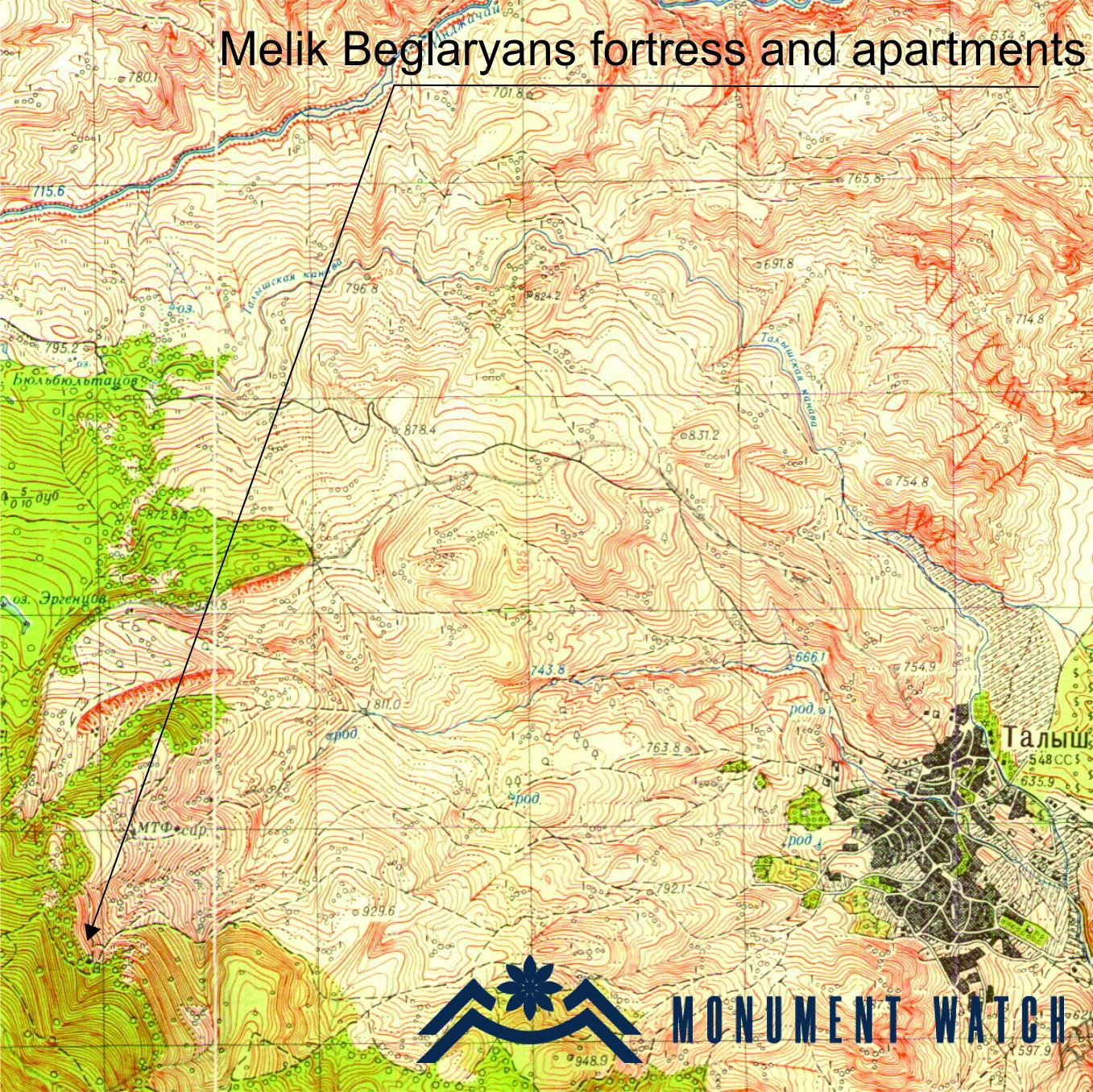
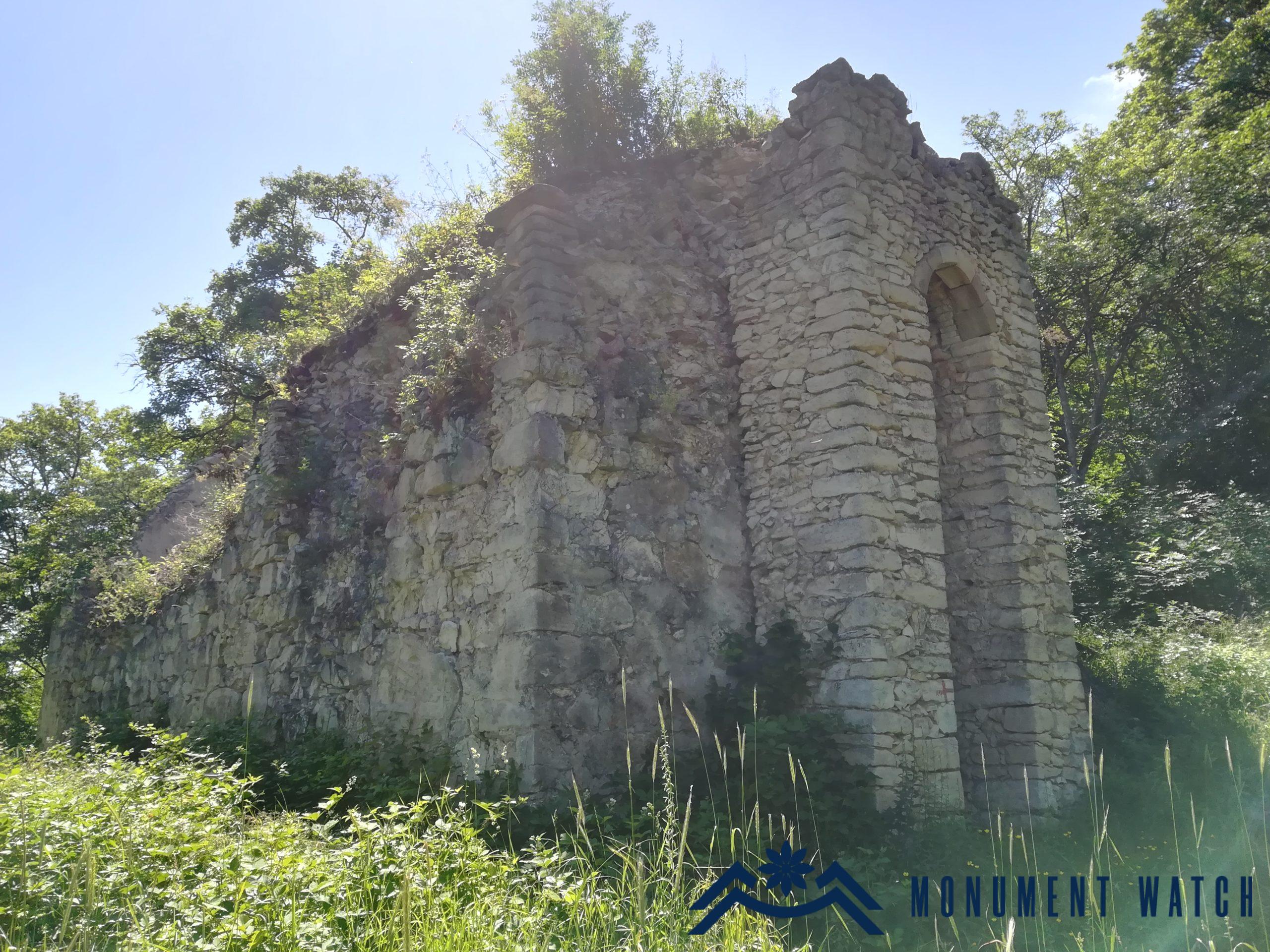
Fig. 1 The general view of Horekavank monastery from the west, 2018, photo by N. Yeranyan.
Historical overview
The mansion belonged to the Melik-Beglaryans – the rulers of Gulistan canton. Horekavank monastery and the melik cemetery is located nearby (Fig. 2).
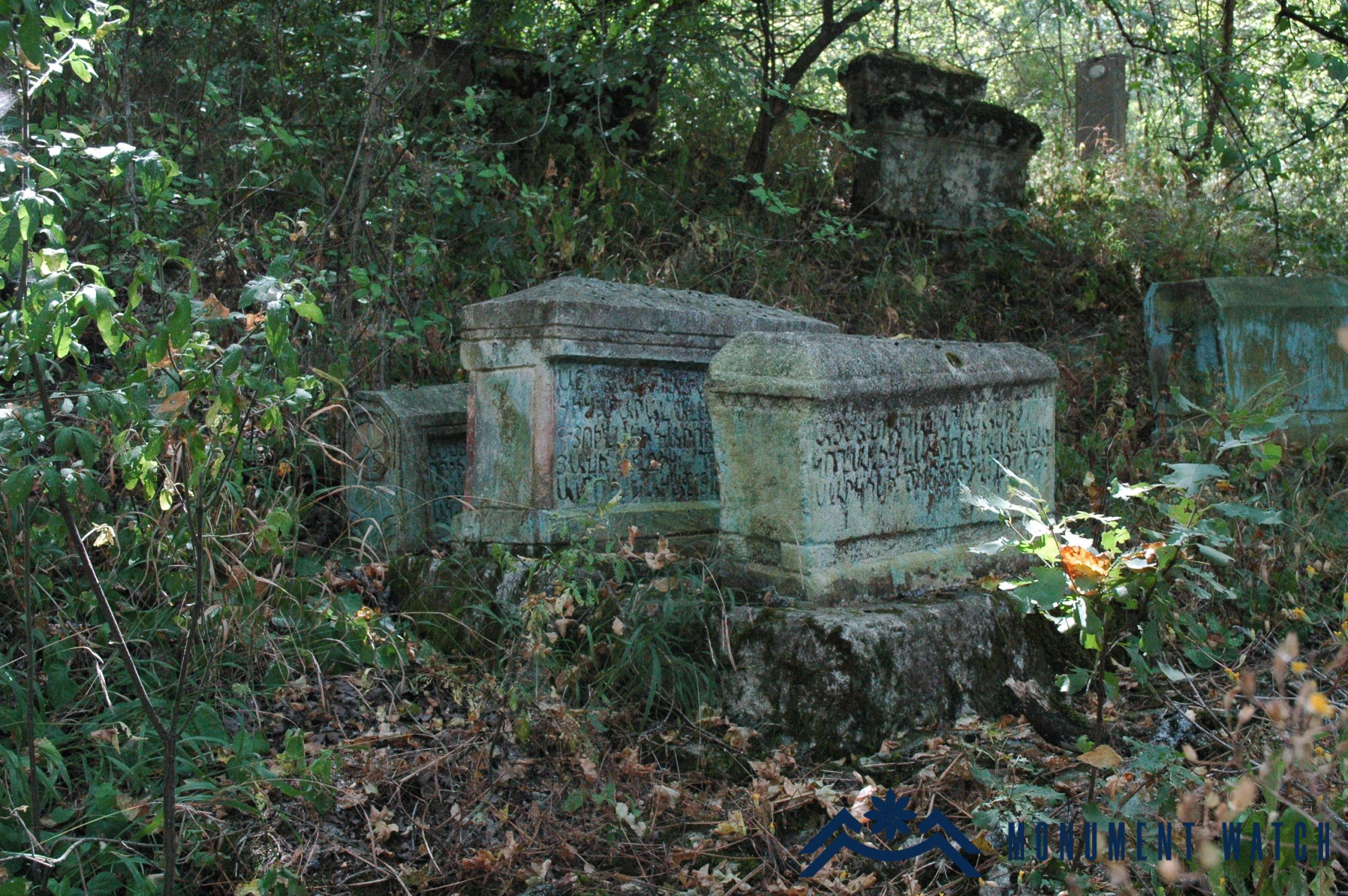
Fig. 2 The family cemetery of the Melik-Beglaryans, photo by H. Petrosyan.
The ruins of two mansions can be seen on the spot (Fig. 3), the first of which is built in front of the monastery, on the lower plateau of the east-facing hillside, and the second, in front of the first – on the lower slope of the north-facing hill of Horekavank (Ghulyan 2001, 50-51).
The inscription engraved on the front stone of the entrance of the room adjacent to the wall of the northern edge of the first mansion reads: “In memory of Ohan Babu. Meren Melik Tamraz. 1701” (CAI, 1982, 101). That is, the mansion of Melik-Tamraz, built in 1701 (according to A. Ghulyan – in 1727), who is mentioned in historical sources as the melik of Gulistan, presents, gifts, dedicates, leaves the mansion as a memory to paron-ter (lord) Ohan (Ghulyan 2001, 50). As A. Ghulyan notes, sometimes the two monuments were confused and identified, and the building inscription of the first was attributed to the second. And this is because the latter is more obvious in its size, architectural features and state of preservation, and the dated inscription and the name of Melik-Tamraz, who was active in historical events in the early 18th century, are known from the previous one (Ghulyan 2001, 50).
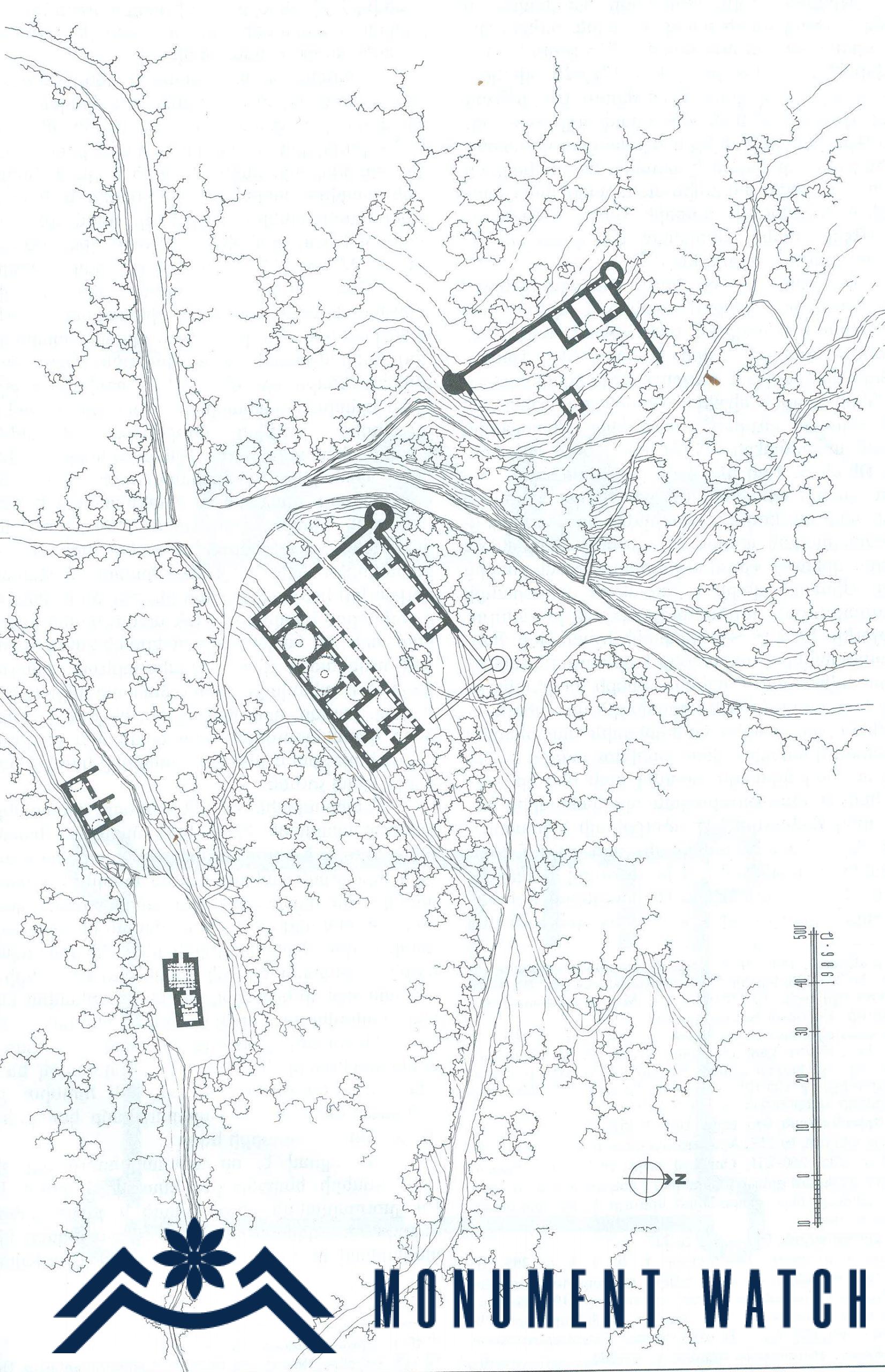
Fig. 3 The measurement of the mansion of the Melik-Beglaryans, Ghulyan A., The melik mansions of Artsakh and Syunik, “Gitutyun” Publishing House, Yerevan, 2001, p. 51, Fig. 13.
The western half of the first mansion is preserved with walls and two towers, as well as the building in the north-western corner (Figs. 4, 5). The ruins of the mansion manifest that in the plan it used to be a building complex with rectangular walls and their corners fortified with towers, with rooms snuggled against the walls and opening to the inner courtyard. The mansion consists of three one-dimensional and vaulted sections adjacent to the defensive wall, an open vestibule and two adjoining rooms. The building lacks any decoration.
The second mansion is enclosed within a rectangular defensive wall, consisting of a main group of rooms on the southern side and one-line rooms of the northern side adjacent to the defensive wall, in the longitudinal inner courtyard. The gate of the mansion is in the middle of the western wall (Fig. 6).
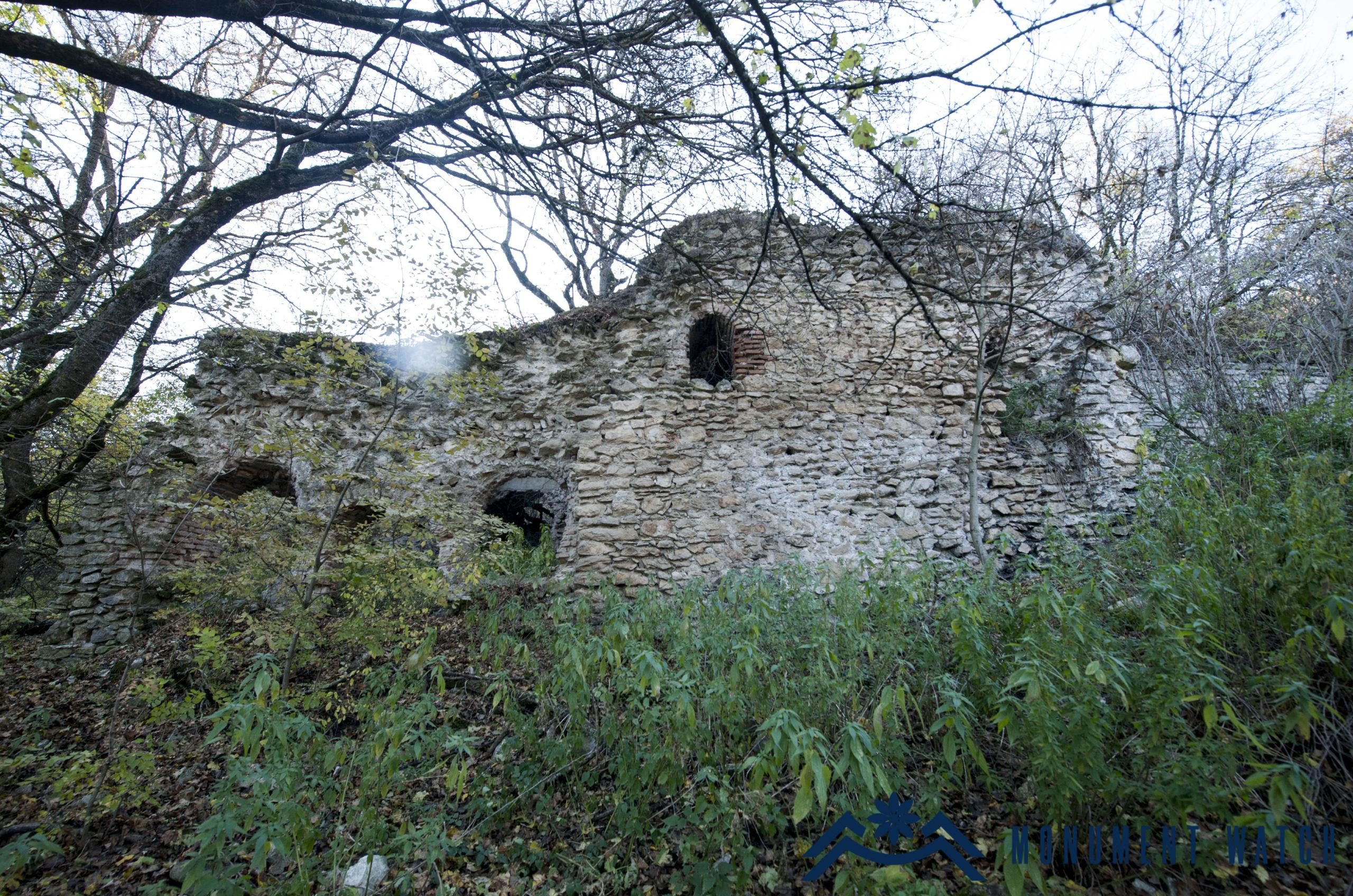
Fig. 4 The general view of the first mansion, photo by S. Danielyan.
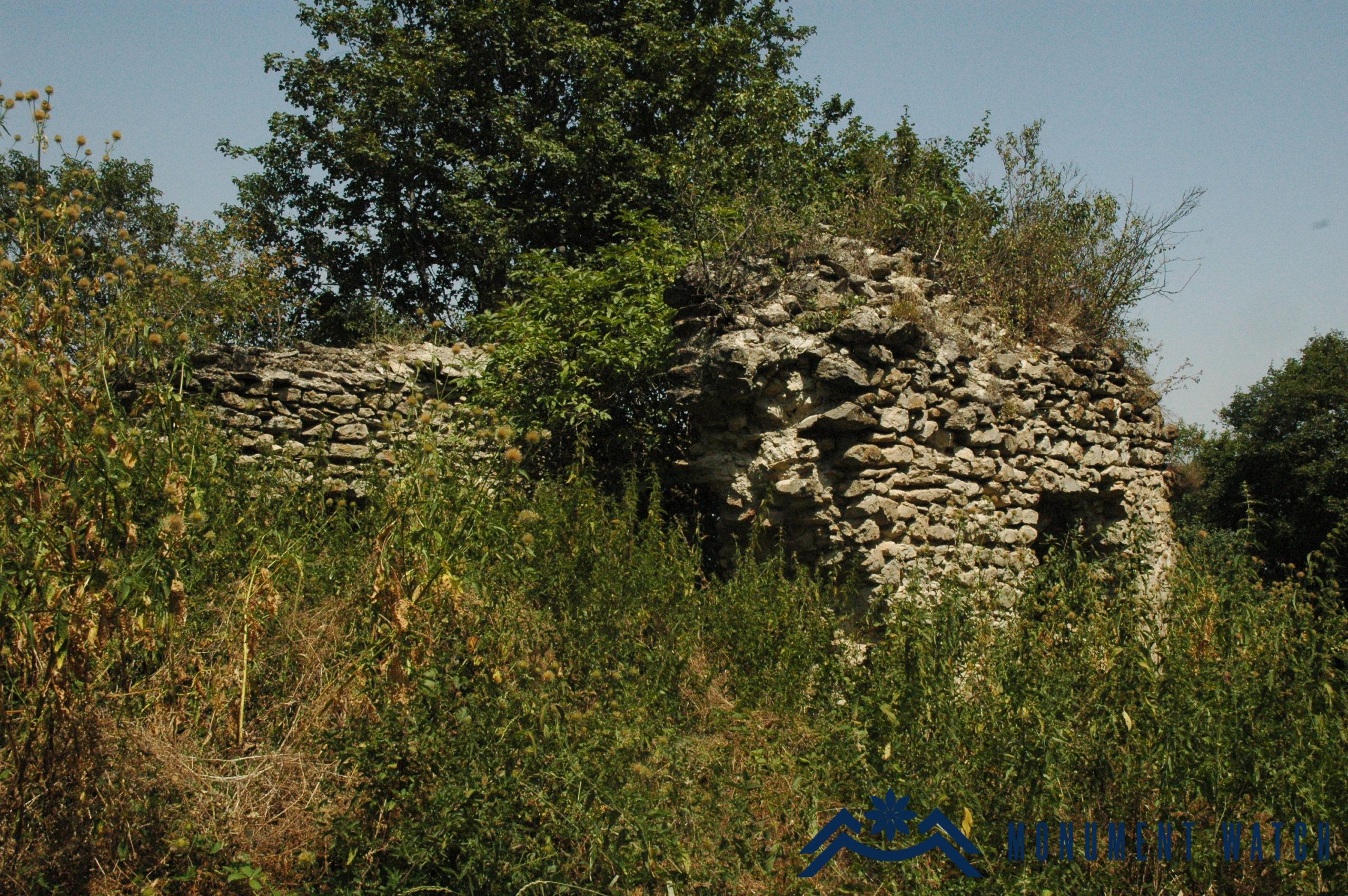
Fig. 6 The general view of the second mansion, photo by H. Petrosyan.
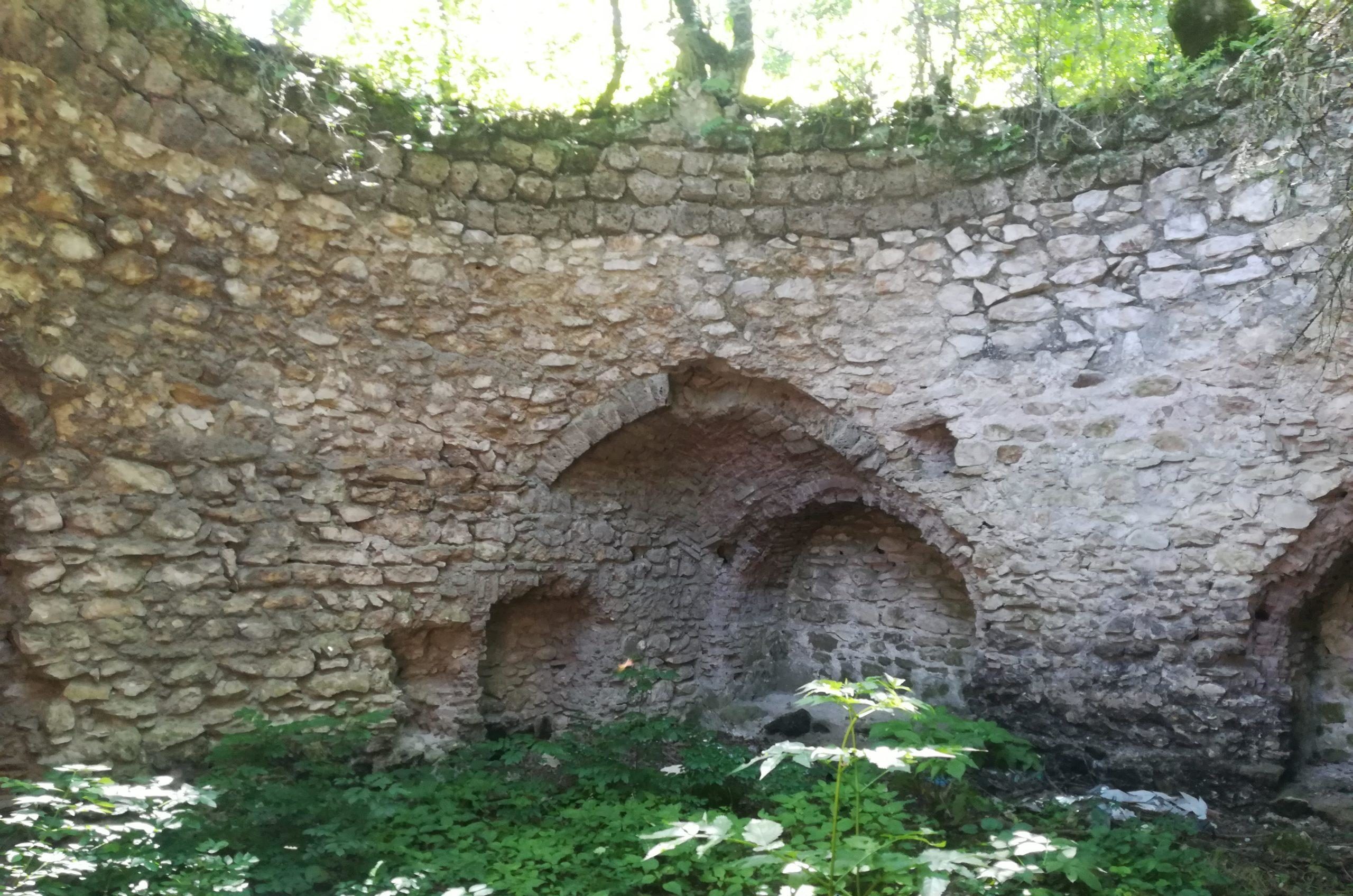
Fig. 5 The first mansion, photo by H. Petrosyan.
The southern wing of the building complex consists of four halls arranged in a row, a hall stretching from the courtyard along their facade and four other rooms built in a double row, covering the width of the hall and rooms.
The main rooms and their adjoining halls formed the main living part of the melik house and were connected by a colonnade to the kitchen with a large fireplace and other ancillary rooms.
In the northern part of the building, in contrast to the southern one, the rooms are one-lined, facing the yard and are relatively poorly preserved (Ghulyan 2001, 50-62).
Defensive issues, as can be seen also from the description of the mansion, were of primary importance in the design and construction of the building complex of the melik mansion.
The condition before, during and after the war
Although the whole complex of the mansion was half-ruined before the war, it was preserved in a relatively holistic view. The frontons of the rooms and partially the vaulted roofs were dilapidated.
As a result of the 44-day war, Talish village, Horekavank and the mansions were occupied. Nothing is known about the fate of the monument during and after the war.
Bibliographic examination
The mansion with all its building complexes has often captured the attention of the travelers and the describers of the history of the region. Raffi was one of the first to describe it, who in his “Travelogues”, referring to Horekavan village, presented the residential center of meliks (Raffi 1987, 420-423). Ye. Lalayan provides detailed information about the history of the Melik Beglaryans, their fortress, mansion and cemetery (Lalayan 1901, 11-58). The version of the inscription presented by Lalayan is also mentioned in the Divan.
We get the earliest evidence of the Melik-Beglaryan kin as well as of the estate from the memoirs of Makar Barkhutaryants. It is important from the point of view of certifying the condition of the mansion in the 19th-20th centuries, clarifying some epigraphic and historical information (Barkhutaryants 1902, 146-147).
A very important and detailed work dedicated to the melik mansions of Artsakh in general and the mansion of the Melik-Beglaryans belongs to A. Ghulyan, whose research and measurements greatly assisted in preparing this brief overview (Ghulyan 2001, 50-62).
Bibliography
- Barkhutaryans 1902 – Barkhutaryants M., The History of the Country of Albania, Printing House of the Mother See of Holy Etchmiadzin, Vagharshapat.
- CAI 1982 – Corpus of Armenian Inscriptions, Release V, Artsakh, Publishing House of the Academy of Sciences of the Armenian SSR, Yerevan.
- Lalayan 1901 – Lalayan Ye., “Gandzak canton” (Reprinted from “Ethnographic magazine”), vol. 1, Printing House of K. Martirosyants, Tiflis.
- Ghulyan 2001 – Ghulyan A., The melik mansions of Artsakh and Syunik, “Gitutyun” Publishing House, Yerevan.
- Raffi 1987 – Raffi, Collection of Works, vol. 9, Soviet writer, Yerevan.
Մարտակերտի շրջան
Արցախ